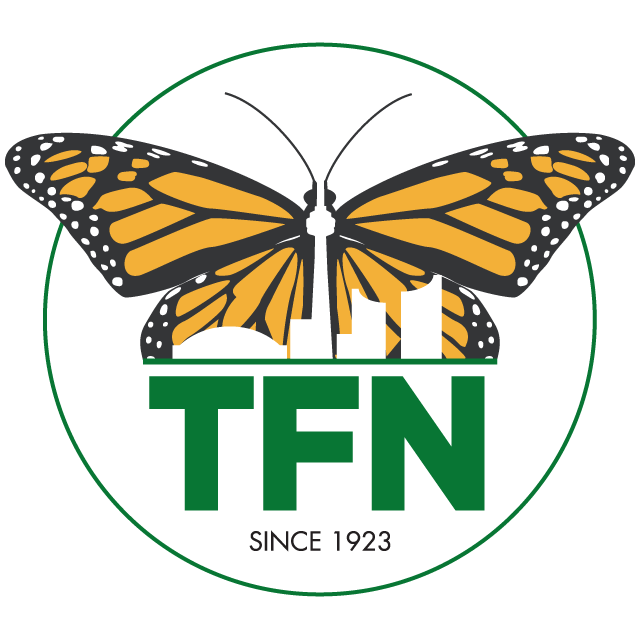by Jason Ramsay-Brown
Know where to find a Kentucky-coffee tree in the Junction? How about an eastern hemlock in Taylor Creek Park? A cherry tree in Kensington Market? A bitternut hickory in Passmore Forest? Identifying the trees we trip across is one thing but knowing where to find a specific tree we’re looking for is something else entirely. This is actually a challenge I confront with surprising regularity. Sometimes I’m looking to snap a few shots of something in particular for an upcoming article. Other times it’s budding, leafing, seeding, or flowering time for some species and I’d really like to find a few good examples. More often than all other reasons combined, I’m thinking through a future TFN walk and trying to envision interesting routes or the best way to include some story or tidbit of natural knowledge I’m particularly excited about. I suspect I’m not unique in having such needs so figured that sharing a few of the more useful resources I’ve found over the years might make for a helpful edition of The Connected Naturalist.
Big Trees of Toronto
A brilliant compilation compliments of Eric Davies, PhD Candidate at the U of T Faculty of Forestry. Big Trees of Toronto is a byproduct of the Toronto Ravine Revitalization Study and focuses on mapping the older trees found in some of Toronto’s ravines. A fantastic resource, particularly if you’re looking for Quercus or Juglans species in the Don.
Fruit Trees of Toronto
Whether you’re looking for apples, plums, or mulberries, this map of nut- and fruit-bearing street trees is a great resource to consult. Tom Weatherburn and William Davis, along with forestry expert Monika Oviedo, split out about 4% of the City’s street tree data set and opened it up for exploration in a visually-stunning interface that allows you to filter trees by type, size, and ripening month. If it’s edible, it’s in here.
Toronto Street Trees
Toronto Street Trees identifies more than half a million trees found growing along our sidewalks and roadways. Created by Jordan Teichmann, this service combines the City’s Open Data Catalogue with OpenStreetMap & MapQuest to permit powerful and efficient exploration of our street tree inventory. Using it effectively may take some of experimentation and practice, but the end results are worth the effort. Some proof: High Park, Glendon, Kensington Market, and Junction Triangle.
Toronto Open Data
As noted, both “Fruit Trees of Toronto” and “Toronto Street Trees” make use of the City’s Open Data Catalogue to power their maps. The City offers its own interface to this data set but it’s a lot less intuitive to use. Start exploring by zooming in on an area you’re interested in, then check “Street Tree” under “Legend” in the left hand column and give it a minute to load the green dots. Then click a green dot for a description of that tree. The advantage with Toronto Open Data, however, is the ability to also overlay things like heritage locations, bikeways, and zoning categories which sometimes proves quite useful.
iNaturalist
iNat’s an app of a difficult colour – not really a “tree map” per se, but something that can certainly be used to similar ends. Part citizen science tool, part social network, iNaturalist bills itself as a “crowdsourced species identification system and an organism occurrence recording tool”. You can use it to explore what others have found, record your own observations, collaborate with friends or groups, get ID help, and so much more. iNat’s so profoundly interesting and handy that it deserves its own Connected Naturalist feature … something you can expect in the very near future!
Know of others resources like those above? Let us know about them by emailing office@torontofieldnaturalists.org!
Addendum
Since posting this we have received a couple of additional resources worth adding to the list above. Many thanks to TFN member David Wallace Barr for his contributions:

